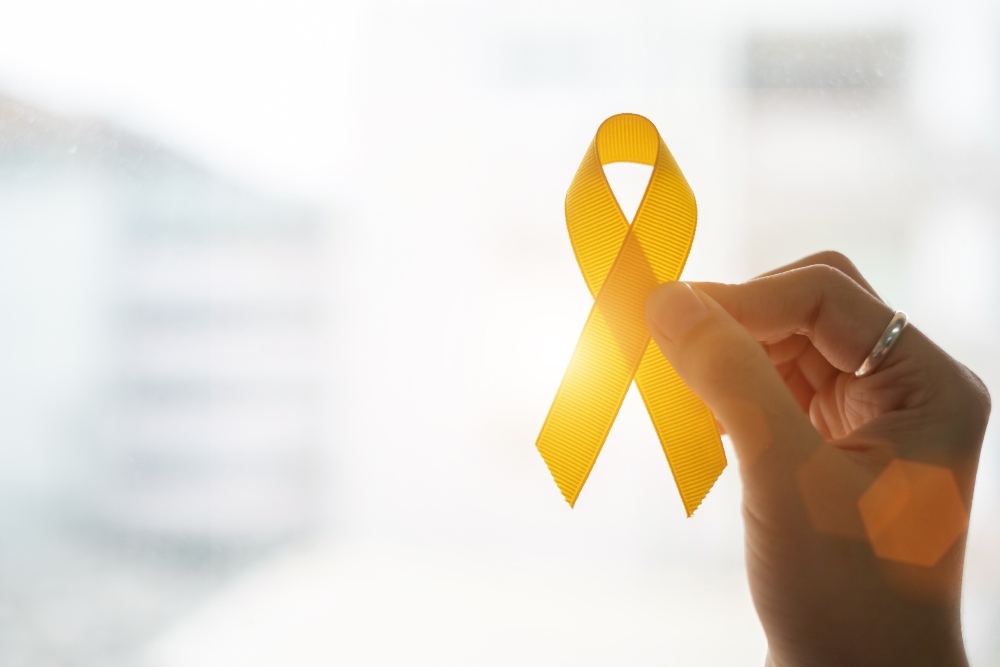According to Society for Human Resource Management President and CEO, Johnny C. Taylor, Jr. SHRM-SCP, “COVID-19 is taking a toll on our minds and emotions in a million little ways. Now more than ever, employers should double down against stigmas and guarantee employees know of the resources, benefits and accommodations available.”
The statistics are staggering with over 4 in 10 adults in the U.S. report symptoms of anxiety or depression during the pandemic, up from one in ten in 2019, based on Kaiser Family Foundation reporting and research from 2020. Adult employees have faced tremendous stress and fatigue over the past year, with stressors not easily managed through the usual means. Feelings of helplessness and hopelessness among adult Americans are taking its toll due to the excessive length of time this pandemic has shut them out of their normal routines. This results in adults seeking other outlets such as increased alcohol consumption and substance abuse as coping mechanisms. Even for those who haven’t faced joblessness or isolation factors during the pandemic, the impacts can weigh heavily on the mental health state of employees and potentially increased thoughts of suicide.
So, what then, should an employer do to help if they suspect an employee may be at risk for suicide? Threats of suicide should always be taken seriously and immediate action taken to provide the employee with support and professional help. If the employer has an Employee Assistance Program (EAP), someone familiar with the potentially suicidal employee should encourage the at-risk individual to seek help.
Outside of an imminent threat, the manager should be familiar with warning signs that may be an indicator of the desperation the employee is in. Based on the National Institute of Mental Health (NIMH), these signs include:
- The employee talking to or sharing their thoughts on wanting to die
- The employee sharing their intense feelings of anxiety, depression, or emotional pain
- Significant changes in behavior, mood swings, withdrawing from their work or people they’re close to at work
Given the risks, managers who recognize the signs should offer support to the employee and allow for a professionally trained mental health advocate to help. Managers are not trained psychologists, but should be willing to ask the employee if they need to talk and be there to listen and subsequently, encourage the employee to seek professional help.
A manager may also become aware of an employee’s mental state through a second-hand source, such as a colleague or other manager. This information should be taken seriously as an opportunity to act on behalf of the employee’s well-being, not swept under the rug for fear that they are getting too personal. It may be as simple as a conversation between the manager and the employee, demonstrating the manager’s willingness to be support the employee through their crisis, and demonstrate the employee is cared for and valued while providing them the resources to seek help.
Suicide is preventable even if an employee’s strife and emotional pain aren’t always obvious. Organizations, employees and managers can do their part by recognizing the signs, educating employees using tools and resources on suicide prevention, and being an active listener and using words of support.
No one should have to go it alone with the many resources available. Even if your employee benefits program does not include an EAP, there are other federal, state and non-profit organizations available to assist when an employee is in crisis.
National Suicide Prevention Lifeline: 1-800-273-8255 (TALK). This is a national resource that may be accessed by anyone.
Suicide Prevention Kit: https://emmresourcecenter.org/resources/suicide-prevention-activation-kit-2021
#BeThe1To

